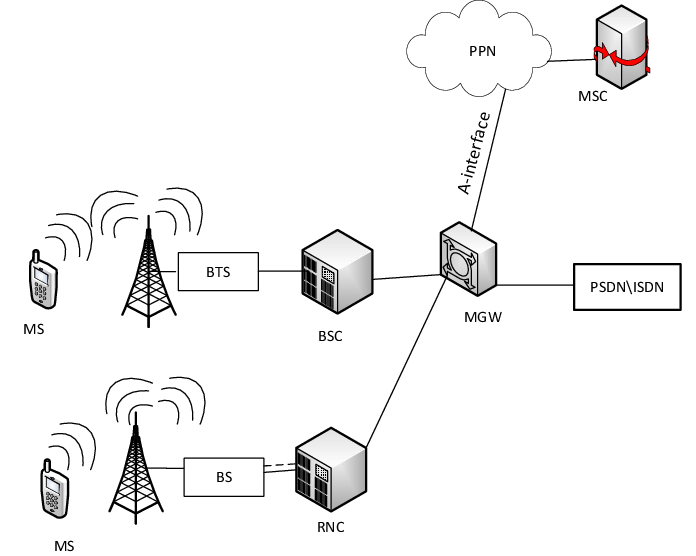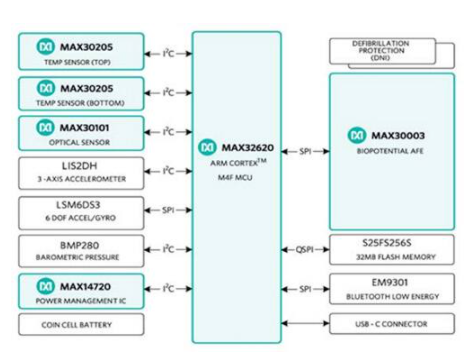
Cellular mobile communication is a radio-based system that provides mobile services by dividing a coverage area into multiple small coverage zones called cells. Each cell is served and managed by a base station. Users connect via mobile terminal devices, such as a mobile phone, to transmit and receive wireless signals for voice calls, text messaging, and data transfer.
Basic Principle
The core principle of a cellular system is frequency reuse and spatial reuse. Frequency reuse divides the available spectrum into multiple bands, with different cells using different bands to avoid interference. Spatial reuse segments the service area into multiple cells, isolating neighboring cells to reduce signal interference and resource conflicts.
Communication is achieved through the following steps:
- A mobile device, such as a phone, sends a signal request within a cell.
- The base station receives the request and performs signal decoding and processing.
- The base station sends control signals and frequency information to the mobile device, indicating which frequency band and parameters to use.
- The mobile device adjusts frequency and signal parameters according to the base station's control signals to maintain communication.
- The base station forwards the mobile device's signal to the core network for voice or data transport.
- The core network routes the signal to the target terminal or other networks as required.
Users can move freely between cells while maintaining network connectivity, enabling seamless mobile communication.
Network Structure
The main components of a cellular mobile communication network include:
- Mobile device: The user terminal, such as a mobile phone or tablet, used for voice, messaging, and data services.
- Base station: Radio equipment deployed across cells to transmit and receive wireless signals, covering a specific cell area and communicating with mobile devices.
- Cell: A small service area managed and covered by a single base station to minimize interference and resource conflicts.
- Base station controller (BSC): A control unit that manages a group of base stations, handling handovers, resource allocation, and call control.
- Mobile switching center (MSC): A core network switching element that routes and switches calls. The MSC connects BSCs, other MSCs, and external networks to enable call transfer and connection.
- Authentication center (AuC): A security element that verifies mobile device identities to prevent unauthorized access and fraud.
- Home location register (HLR): The primary database storing subscriber registration and authentication data, including identity and location information.
- Enhanced service node (ESN): Provides enhanced services such as SMS center, MMS center, and voicemail.
- Database servers: Store and manage network configuration, subscriber data, and call records to support network operation and management.
Technical Features
- Cellular coverage: The network divides a service area into multiple cells, each covered by a base station. This cell-based coverage enables wider reach and better signal quality while minimizing interference between areas.
- Frequency reuse: The system divides spectrum into channels and reuses them across different cells, improving spectral efficiency and increasing capacity to support more simultaneous users.
- Dynamic resource allocation: Resources can be allocated dynamically based on network load and user demand. The system can adjust transmit power and frequency allocation according to user location and mobility to maintain stable communication quality.
- Mobility support: The system supports user mobility and seamless handover between cells. When a device moves from one cell to another, the network performs handover procedures to maintain call continuity and stability.
- Multiple access technologies: Cellular networks support multiple access generations such as 2G, 3G, 4G, and 5G, offering varying data rates and quality of service to meet different user requirements.
- Reliability and security: The system employs redundancy and fault-tolerant designs to ensure reliable operation. Security measures like authentication and encryption protect user privacy and data integrity.
In summary, cellular mobile communication systems combine cell-based coverage, frequency reuse, dynamic resource allocation, mobility support, and multiple access technologies to deliver efficient, stable, reliable, and secure mobile communication services.
 ALLPCB
ALLPCB







